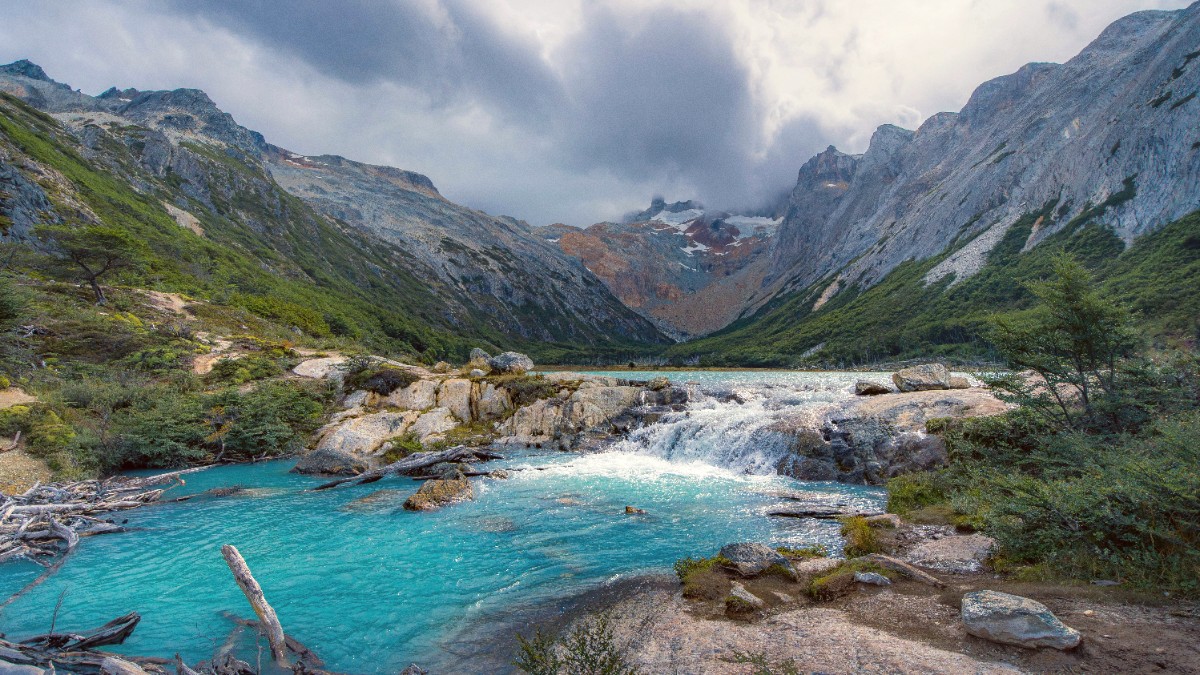
Tierra Del Fuego, Argentina
Ushuaia operates a local bus system (Colectivos) with lines A, B, and C, covering main city areas and some outer attractions. There is no metro or tram system. Buses are the main form of public transport. The city center, especially along Avenida San Martín, acts as the main hub.
The SUBE card is needed for bus fares; cash payment is not accepted. Purchase and load cards at kiosks displaying the "SUBE" sign. Fares are inexpensive. Buses run from early morning until late evening, with reduced frequency on weekends.
Bus fares are inexpensive, making them a budget-friendly way to travel.
Use Google Maps or local bus apps for real-time tracking and route planning.
Locals and bus drivers are usually helpful if you have questions about routes or stops.
Generally safe; look for official markings.
Stick to official taxis for safety and fair pricing.
Available outside terminal; fixed price boards.
Inside airport for pre-booking your ride.
Car rentals provide flexibility for exploring beyond the city. Motorcycle and scooter rentals are less common due to climate. Bicycle rentals are available at some hotels.
Book cars well in advance, especially during peak seasons, to secure availability and better rates.
An International Driving Permit is highly recommended and often required by rental agencies.
Driving into Chile with a rental car incurs additional fees for necessary documentation.
Ushuaia city center is very walkable, with many attractions along Avenida San Martín and Maipú. The waterfront promenade is pleasant for walks. Bicycle infrastructure is limited to dedicated lanes, but cycling is recreational on certain trails.
Several local operators offer historical and cultural walking tours.
Explore with local insights.
Easy to arrange using maps and online resources.
Flexibility and independence.
Remote mountain trails need proper preparation and weather awareness.
Consider a guide for remote areas.
Download offline maps for Google Maps or Maps.me before venturing outside areas with consistent internet access.
This ensures you have navigation even without mobile signal.